For the first time, members of the Shompen tribe, one of the Particularly Vulnerable Tribal Groups (PVTGs) in India took part in the election process by casting their votes in the Andaman and Nicobar Lok Sabha constituency.
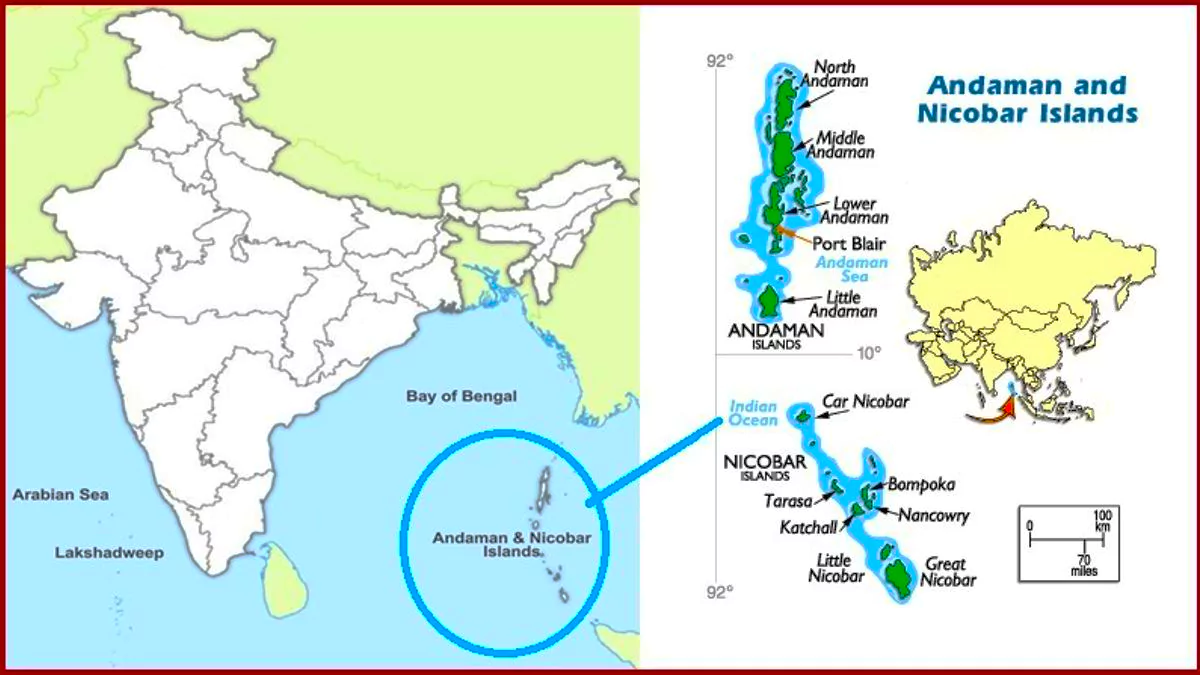 Social structure: The family is controlled by the eldest male member, who controls all activities of the women and kids.
Social structure: The family is controlled by the eldest male member, who controls all activities of the women and kids.
| Must Read | |
| NCERT Notes For UPSC | UPSC Daily Current Affairs |
| UPSC Blogs | UPSC Daily Editorials |
| Daily Current Affairs Quiz | Daily Main Answer Writing |
| UPSC Mains Previous Year Papers | UPSC Test Series 2024 |
Recently, fossils were discovered of one of the largest snakes that ever existed in Kutch, Gujarat by IIT Roorkee researchers.
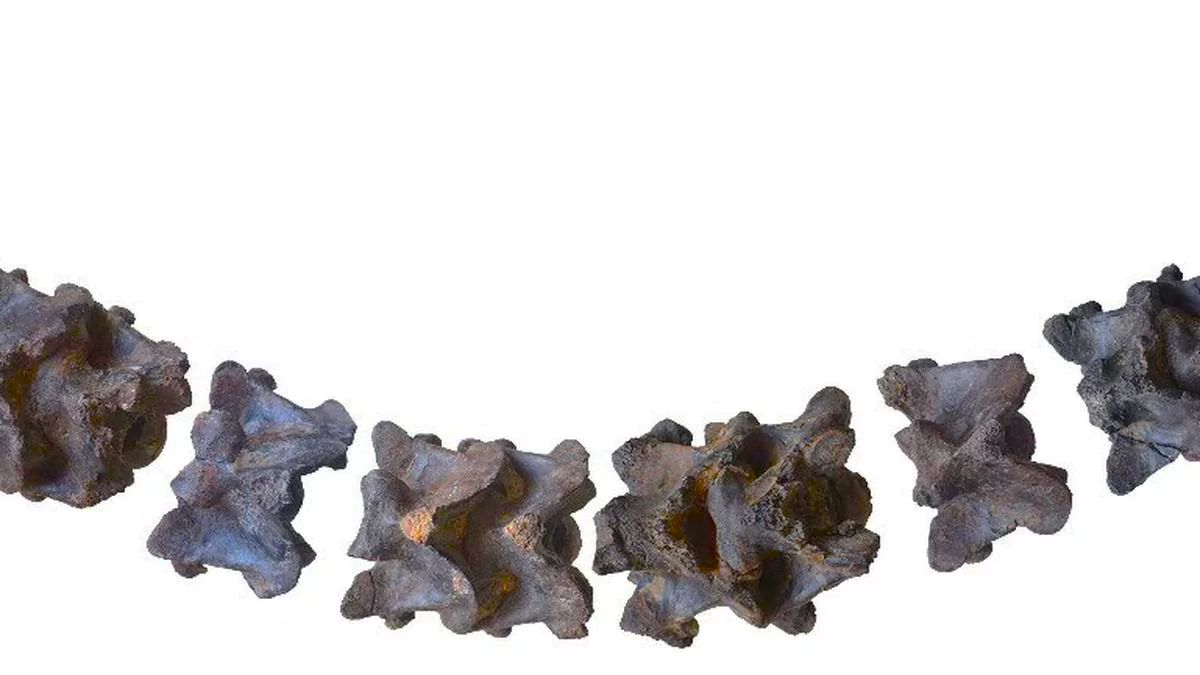
 Feature:
Feature:
| Must Read | |
| NCERT Notes For UPSC | UPSC Daily Current Affairs |
| UPSC Blogs | UPSC Daily Editorials |
| Daily Current Affairs Quiz | Daily Main Answer Writing |
| UPSC Mains Previous Year Papers | UPSC Test Series 2024 |
A team of archaeologists claimed to have discovered a unique Iron Age megalithic site at Ooragutta near Bandala village in SS Tadvai mandal of Mulugu district, Telangana.
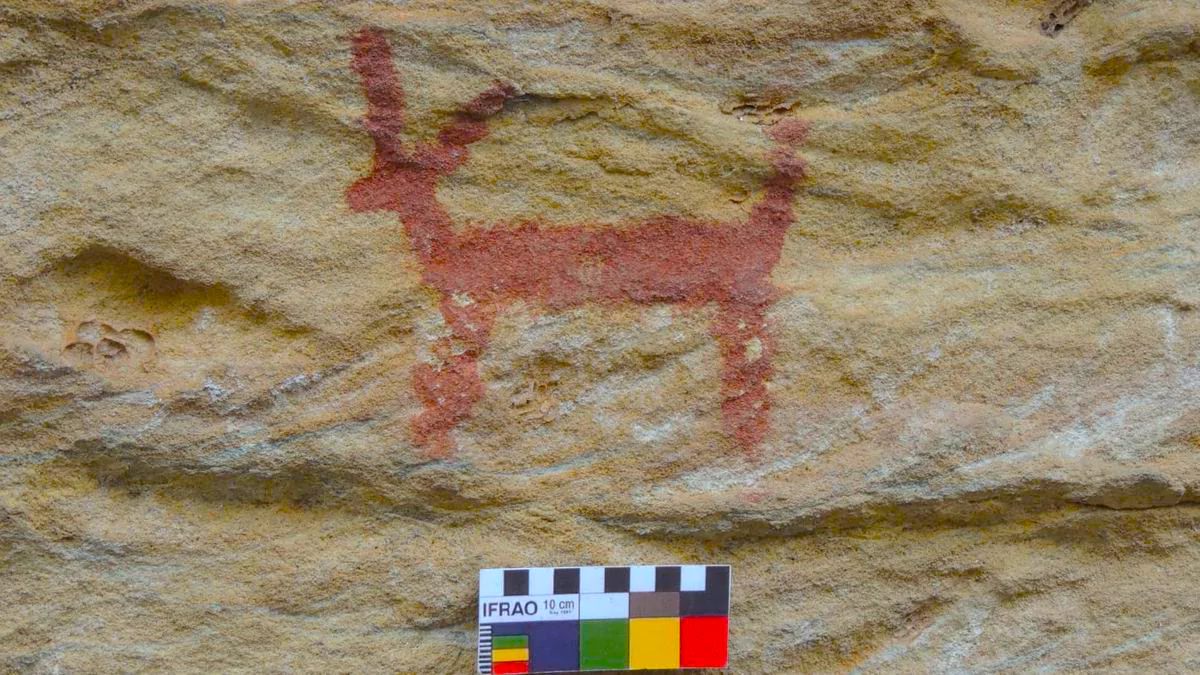
| Must Read | |
| NCERT Notes For UPSC | UPSC Daily Current Affairs |
| UPSC Blogs | UPSC Daily Editorials |
| Daily Current Affairs Quiz | Daily Main Answer Writing |
| UPSC Mains Previous Year Papers | UPSC Test Series 2024 |
Recently, Slovenia & Sweden became the 39th & 38th Countries to sign Artemis Accords respectively.
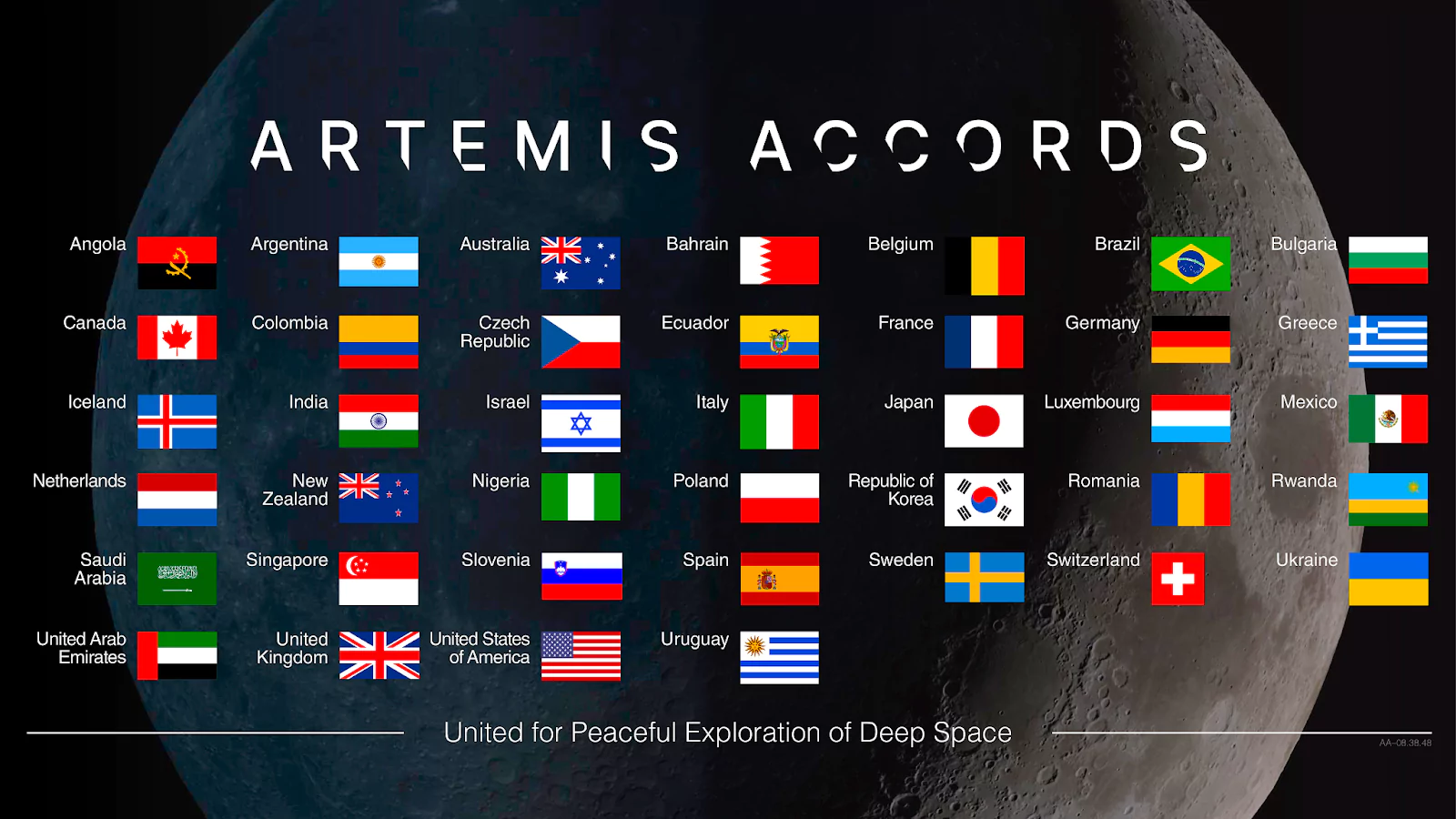
These are a non-binding set of principles designed to guide civil space exploration and use in the 21st century.
The Outer Space Treaty:
Rescue and Return Agreement 1968
The Liability Convention, 1972: (Convention on International Liability for Damage Caused by Space Objects)
Registration Convention,1975 (Convention on Registration of Objects Launched into Outer Space)
|
|---|
NASA’s ARTEMIS Programme (mission to the Moon):
|
|---|
| Must Read | |
| NCERT Notes For UPSC | UPSC Daily Current Affairs |
| UPSC Blogs | UPSC Daily Editorials |
| Daily Current Affairs Quiz | Daily Main Answer Writing |
| UPSC Mains Previous Year Papers | UPSC Test Series 2024 |
The Ministry of Women and Child Development (MWCD) has released the National Curriculum for Early Childhood Care and Education 2024 titled ‘Aadharshila’.
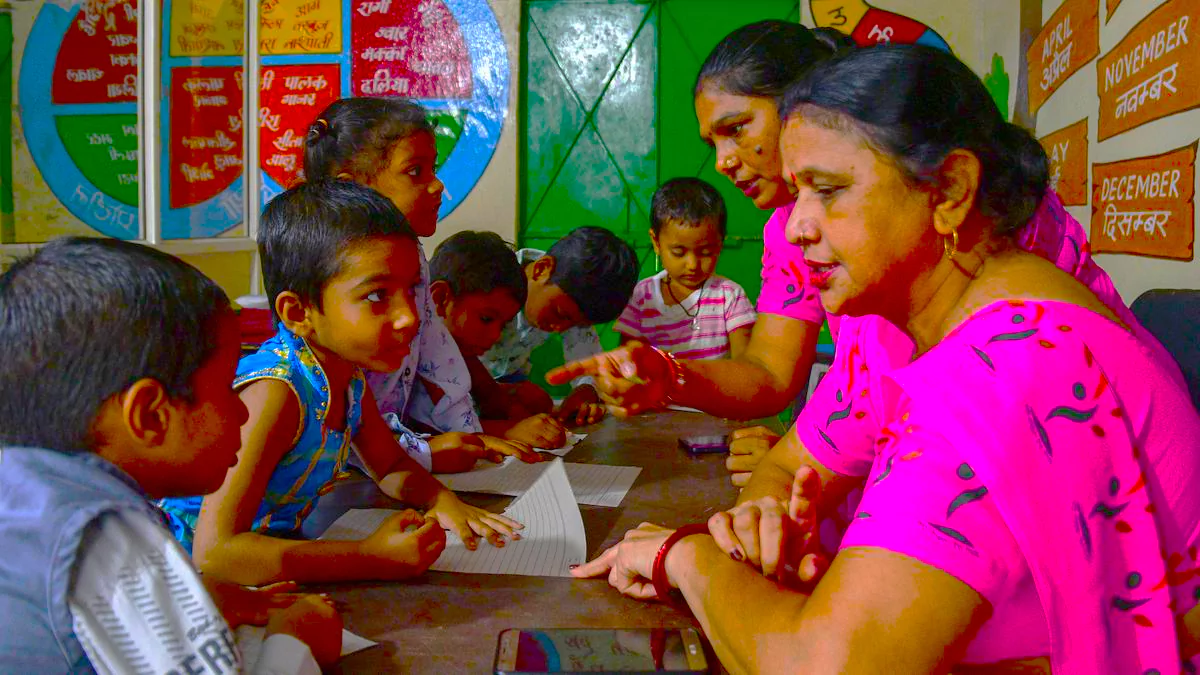
| Benefits of Aadharshila | Challenges Before Aadharshila |
| Promotes foundational literacy and numeracy | Requires training of anganwadi workers |
| Strengthens cognitive development | Requires adapting to mixed age groups (3-6 years old) |
| Enhances psychosocial development | Lacks specific guidance on addressing developmental delays |
| Provides a play-based learning experience | Curriculum is relatively new and long-term impact needs to be studied |
| Uses readily available materials | May not be suitable for all cultural contexts (states to develop their own curriculums based on framework) |
| Identifies potential developmental delays through age-appropriate activities | The curriculum is not entirely suitable for all cultural contexts within India. |
| Must Read | |
| NCERT Notes For UPSC | UPSC Daily Current Affairs |
| UPSC Blogs | UPSC Daily Editorials |
| Daily Current Affairs Quiz | Daily Main Answer Writing |
| UPSC Mains Previous Year Papers | UPSC Test Series 2024 |
The National Framework of Early Childhood Stimulation 2024 has introduced an activity-based curriculum for parents, anganwadis (childcare centers) and ASHA workers in India.

The activity-based curriculum outlined in the National Framework of Early Childhood Stimulation 2024 offers several benefits:
| Must Read | |
| NCERT Notes For UPSC | UPSC Daily Current Affairs |
| UPSC Blogs | UPSC Daily Editorials |
| Daily Current Affairs Quiz | Daily Main Answer Writing |
| UPSC Mains Previous Year Papers | UPSC Test Series 2024 |
India recently delivered the first batch of BrahMos supersonic cruise missiles to the Philippines, making it the first export order for the supersonic cruise missile.
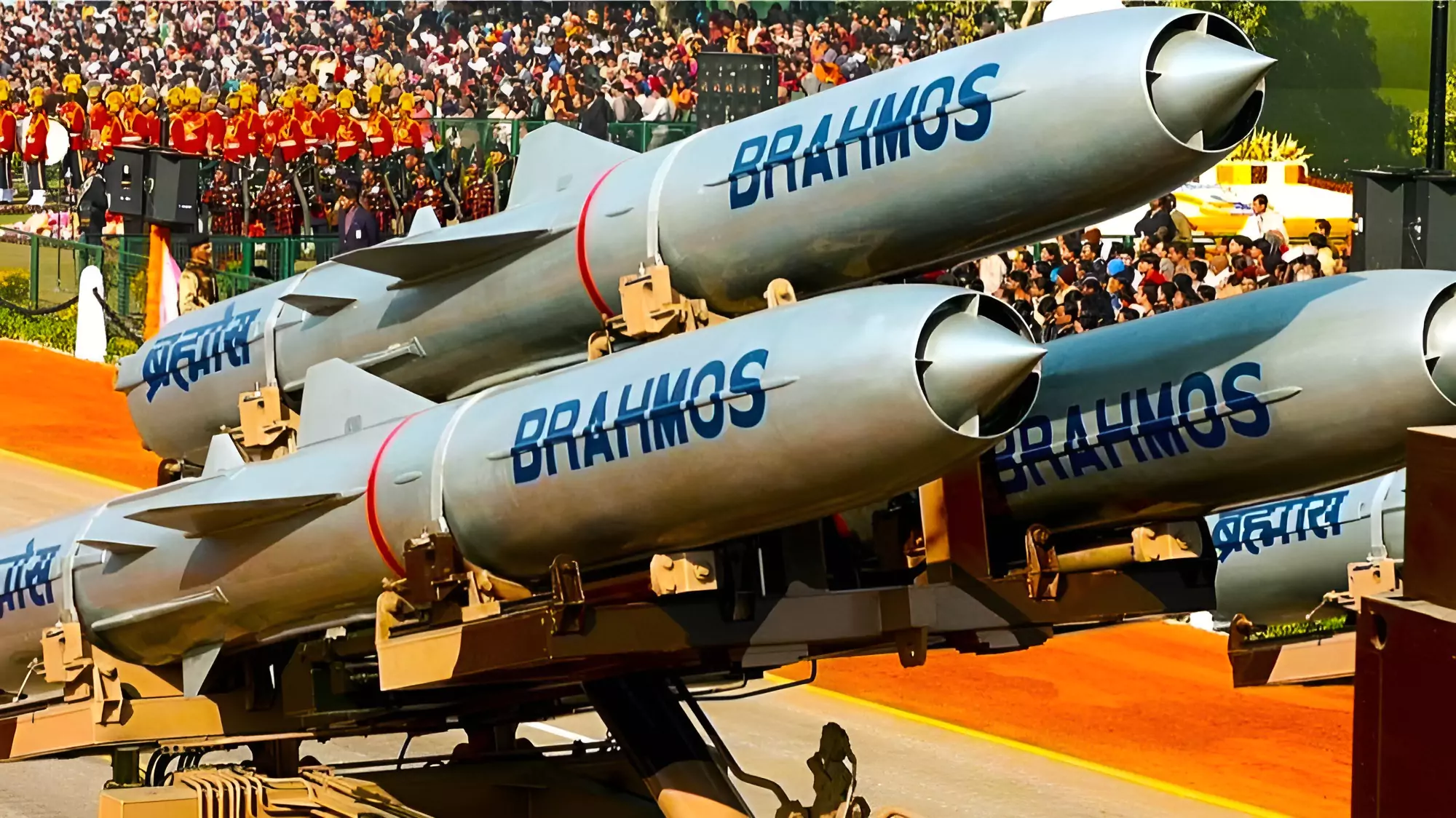
About Missile Technology Control Regime (MTCR):
|
|---|
| Must Read | |
| NCERT Notes For UPSC | UPSC Daily Current Affairs |
| UPSC Blogs | UPSC Daily Editorials |
| Daily Current Affairs Quiz | Daily Main Answer Writing |
| UPSC Mains Previous Year Papers | UPSC Test Series 2024 |
The Supreme Court (SC) asserted in a recent judgment that forests in India are a national asset and a major contributor to the nation’s financial wealth.
| Relevancy for Prelims: Forests In India, Forest Conservation, and Environmental Laws In India, Forest Conservation Act 1980, and Forest Rights Act 2006 And Rights Of Forest Dwellers.
Relevancy for Mains: Forests in India: |
|---|
| Forest cover: Forest cover refers to land greater than one hectare in size with tree canopy density (percentage of land covered by tree canopy) is greater than 10%. |
|---|
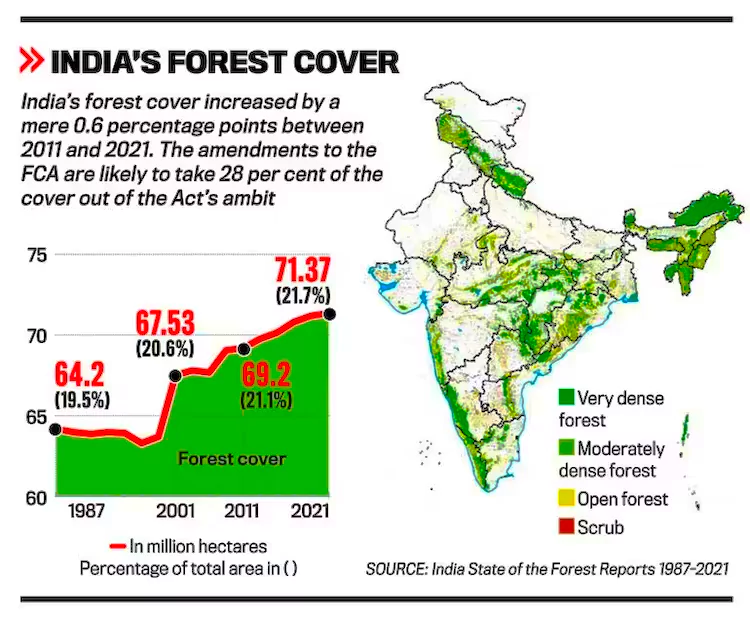 Mining and Infrastructure Development: Large-scale mining operations and infrastructure projects, together with roads, highways, and dams, frequently result in substantial forest area clearance and habitat destruction.
Mining and Infrastructure Development: Large-scale mining operations and infrastructure projects, together with roads, highways, and dams, frequently result in substantial forest area clearance and habitat destruction.Landmark T.N. Godavarman Thirumulpad Judgment:
|
|---|
Constitutional Framework For Forests In India:
|
|---|
To effectively conserve forests, the government must adopt rights-based approaches to environmental protection and sustainable development, ensuring that conservation efforts genuinely benefit the ecosystem and communities reliant on it and contribute to nation-building.
| Prelims PYQ (2022):
The “Miyawaki method” is well known for the: (a) Promotion of commercial farming in arid and semi-arid areas (b) Development of gardens using genetically modified flora (c) Creation of mini forests in urban areas (d) Harvesting wind energy on coastal areas and on sea surfaces Ans: (c) |
|---|
| Must Read | |
| NCERT Notes For UPSC | UPSC Daily Current Affairs |
| UPSC Blogs | UPSC Daily Editorials |
| Daily Current Affairs Quiz | Daily Main Answer Writing |
| UPSC Mains Previous Year Papers | UPSC Test Series 2024 |
The Supreme Court judgment on the Chandigarh mayor election bringing the issues associated with the elections to municipalities in news.
| Relevancy for Prelims: Municipalities In India, Election Commission Of India, Election Commissioners, One Nation One Election, Intra Party Democracy In Indian Political Parties, Bill on Appointing Chief Election Commissioner and Other Election Commissioners, and Limits On Election Campaign Spending.
Relevancy for Mains: Reforms in Municipal Elections in India: Challenges and Issues. |
|---|
About Mayor
About Article 142
|
|---|
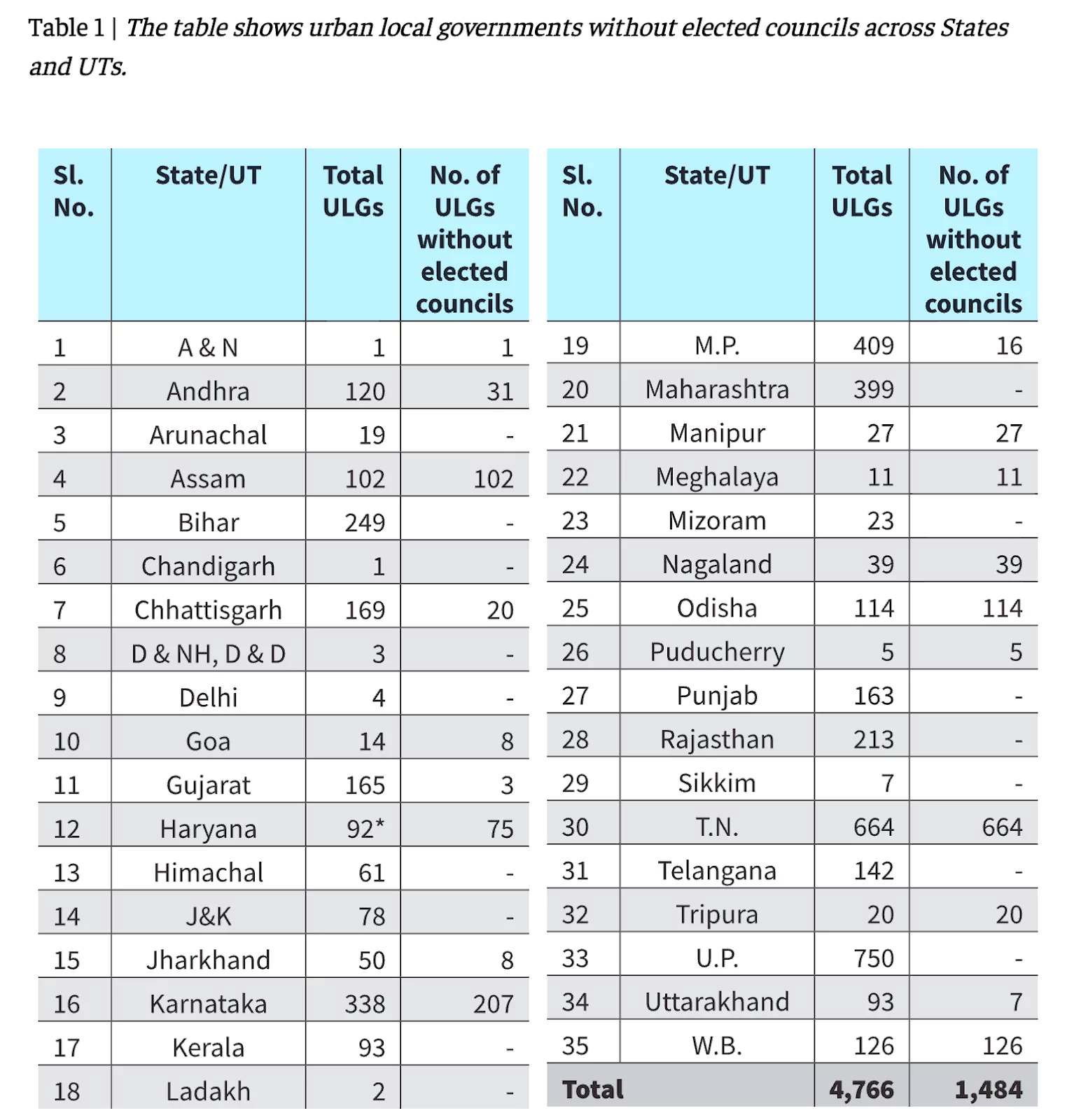
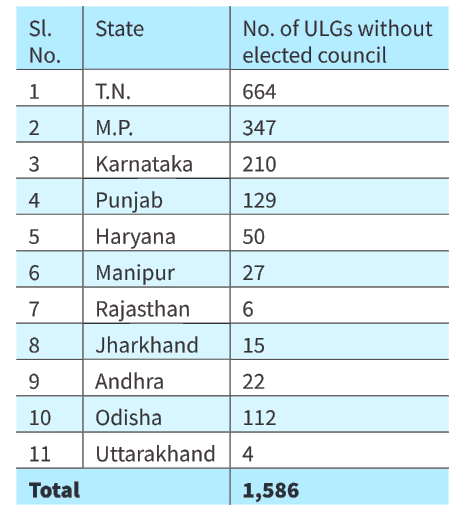 In Karnataka, there was a delay of 12-24 months in the formation of elected councils after the declaration of election results in most of the city corporations.
In Karnataka, there was a delay of 12-24 months in the formation of elected councils after the declaration of election results in most of the city corporations.
| Prelims PYQ (2019):
With reference to the Constitution of India, prohibition or limitations or provisions contained in ordinary laws cannot act as prohibitions or limitations on the constitutional powers under Article 142. It could mean which one of the following? (a) The decisions taken by the Election Commission of India while discharging its duties cannot be challenged in any court of law. (b) The Supreme Court of India is not constrained in the exercise of its powers by laws made by the Parliament. (c) In the event of grave financial crisis in the country, the President of India can declare Financial Emergency without the counsel from the Cabinet. (d) State Legislatures cannot make laws on certain matters without the concurrence of Union Legislature. Ans: (b) |
|---|
| Must Read | |
| NCERT Notes For UPSC | UPSC Daily Current Affairs |
| UPSC Blogs | UPSC Daily Editorials |
| Daily Current Affairs Quiz | Daily Main Answer Writing |
| UPSC Mains Previous Year Papers | UPSC Test Series 2024 |
<div class="new-fform">
</div>
